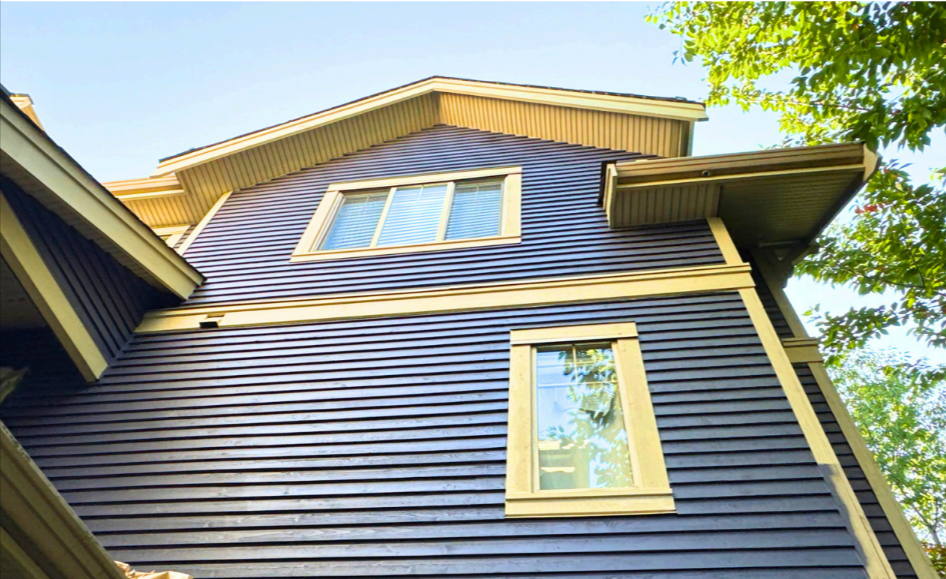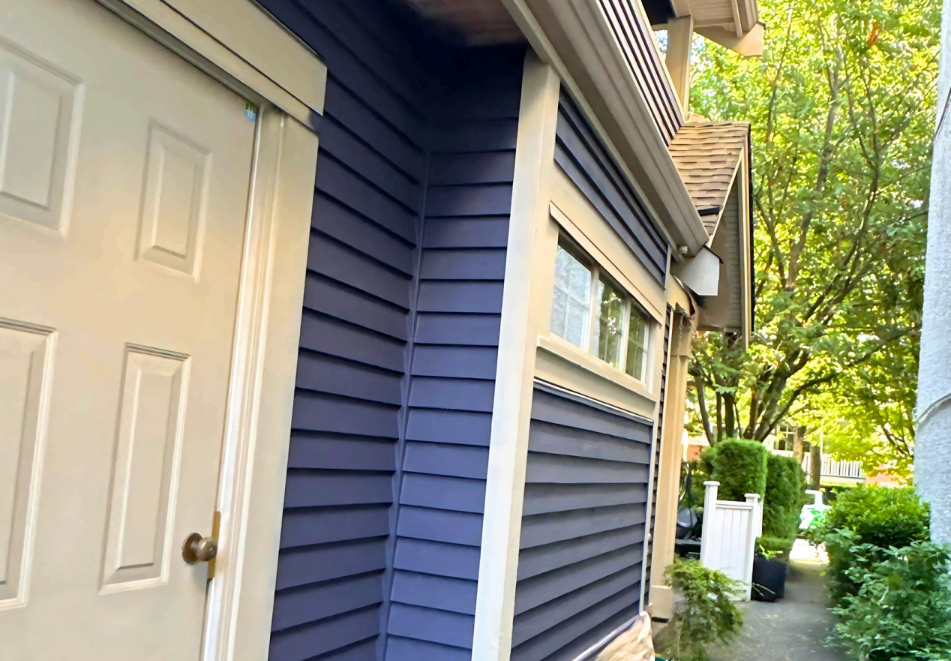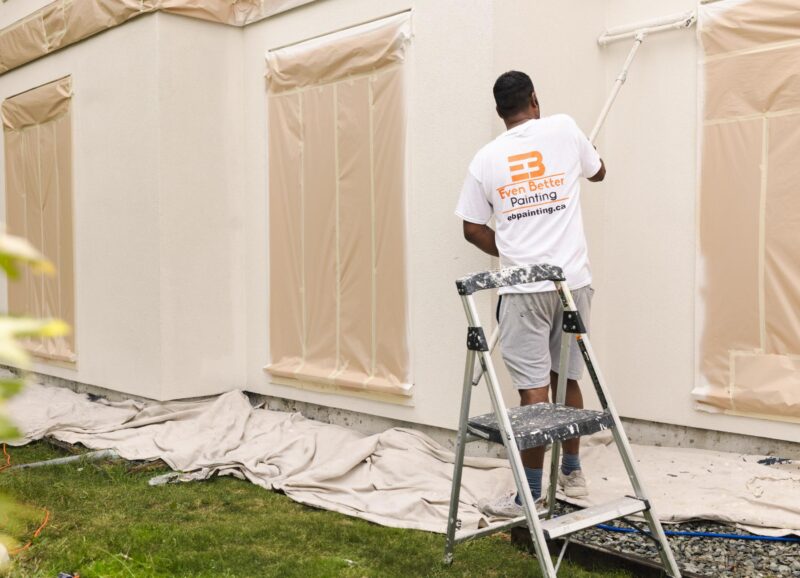Anyone who has painted a room or refreshed the outside of a house knows how satisfying it feels to see fresh color go on. But what many don’t realize is that the step before painting—stripping away old layers—plays a bigger role in how good the finish will look and how long it will last. Removing tired coatings creates the clean base that new color needs to truly shine.
Surface Preparation That Ensures New Paint Bonds Evenly Without Flaws
Paint sticks best when the surface beneath it is smooth and bare. Layers of old house paint may look harmless, but they create uneven textures that stop new coatings from bonding properly. Stripping ensures that every corner, groove, and panel is free of residue so that new layers of paint form a secure grip. Without this preparation, even high-quality paint can end up looking patchy or streaky.
Proper surface prep also gives the painter more control over the final appearance. By taking the time to strip instead of just painting over old layers, the end result looks even and professional. This step is a foundation, and just like in construction, a solid foundation is what makes the finish last. Professional painting crews almost always prioritize stripping because they know it saves time and frustration later.

Removal of Old Coatings That Prevents Bubbling and Peeling in the Finish
When new paint sits on top of unstable layers, it doesn’t matter how careful the application is—bubbles and peeling eventually appear. Trapped air and moisture between the layers force fresh paint away from the surface. By removing those older coatings first, the new paint bonds directly with the material beneath, eliminating weak spots.
Even exterior paint suffers if old layers aren’t taken off. Weather changes cause wood and siding to expand and contract, and if multiple coats of brittle paint are layered on top, peeling happens faster. Stripping removes the risk, giving the next finish room to flex naturally. It’s the difference between a surface that fails within a year and one that lasts for many seasons.
Stripped Surfaces That Reveal Hidden Damage Needing Repair Before Painting
Peeling paint often hides more than faded color. When layers are removed, hidden cracks, rotted wood, or signs of water damage come to light. These issues would remain invisible under fresh paint, only to cause bigger problems later. Stripping exposes them so they can be fixed before the next coat is applied.
This makes stripping a step of inspection as much as preparation. Painters and homeowners alike get the chance to repair damage, replace boards, or fill gaps. By dealing with these problems first, professional painting not only improves appearance but also extends the life of the structure.
Clean Base Layers That Allow True Color Depth and Long Lasting Vibrancy
Old colors, especially dark ones, can bleed through fresh coats, changing the final shade. By stripping surfaces clean, the new paint shows its true depth and vibrancy. This ensures that the color chosen is the color that appears on the wall, without influence from the tones beneath.
This clean base also helps the finish resist fading over time. Without competing pigments buried beneath, the fresh coat reflects light evenly, which maintains its brightness. For homeowners investing in house paint to refresh curb appeal or redesign interiors, this step protects their choice and keeps it looking sharp for years.
Eliminating Residue That Avoids Texture Inconsistencies in the Final Look
Dust, grime, and tiny flakes from old paint layers create texture problems if they’re not fully removed. Once covered by new paint, these imperfections look like bumps or rough patches, spoiling what could have been a smooth finish. Stripping eliminates these contaminants so the surface feels even to the touch.
The difference becomes obvious under natural light. Walls or siding that were stripped first reflect light evenly, while unprepared surfaces reveal flaws as soon as sunlight hits them. This detail separates amateur results from finishes that look like they came from professional painting teams.
Stripping Old Paint That Safeguards Against Trapped Moisture and Decay
Paint that covers decaying material traps moisture beneath the surface. Instead of protecting the home, it accelerates rot. Stripping prevents this by removing every brittle layer and allowing the surface to dry out completely before painting begins. This step is especially important for wood siding, decks, and trim.
Exterior paint is meant to protect against rain and humidity, but it can’t do its job if old layers remain underneath. By stripping first, the new coat seals directly against the wood or siding, keeping moisture out. This adds years of durability and avoids costly repairs down the line.

Proper Removal Methods That Extend the Life of Both Interior and Exterior Finishes
Stripping isn’t about scraping blindly—it’s about using proper techniques to avoid damaging the material beneath. Heat guns, chemical strippers, or sanding each have their place depending on the surface. Done correctly, these methods remove the old paint while preserving the integrity of the material.
By taking this step, both interior and exterior finishes last longer. A stripped and prepped wall inside resists chipping, and siding outside holds its paint through harsher conditions. Stripping is not just about making the next coat look better; it’s about giving that finish the longest lifespan possible.
Thorough Stripping That Reduces Maintenance Needs and Future Repaint Costs
Every layer of leftover paint becomes a weak link for the future. If it’s not stripped, repainting will need to be done sooner, sometimes in just a few years. A thorough removal saves money in the long run by ensuring each fresh coat lasts as long as it should.
This process also reduces maintenance headaches. Without bubbling, peeling, or discoloration, there’s less need for touch-ups. Homeowners investing in house paint expect results that last, and stripping ensures that investment pays off. It’s an upfront effort that cuts down on repeat work and expense.
Transform Your Walls, Trim, and Siding into Smooth, Durable Surfaces with Eb Painting
A successful painting project starts with the right preparation, and EB Painting knows how to do it right. Our team takes the time to strip old coatings properly, exposing a clean surface that guarantees new paint bonds securely. This level of care ensures smoother finishes and longer-lasting results, whether the job involves interior walls or exterior paint for siding and trim.
EB Painting brings professional expertise to every step, from assessing hidden damage to using the safest and most effective stripping methods. Our approach goes beyond appearance—it’s about protecting the home and making sure every finish holds up to daily life and changing weather. That commitment to preparation is why our results consistently look sharp and last longer.
For homeowners who want more than a quick cover-up, EB Painting delivers the difference. Contact us today and let EB Painting transform your space with results that stand the test of time.





